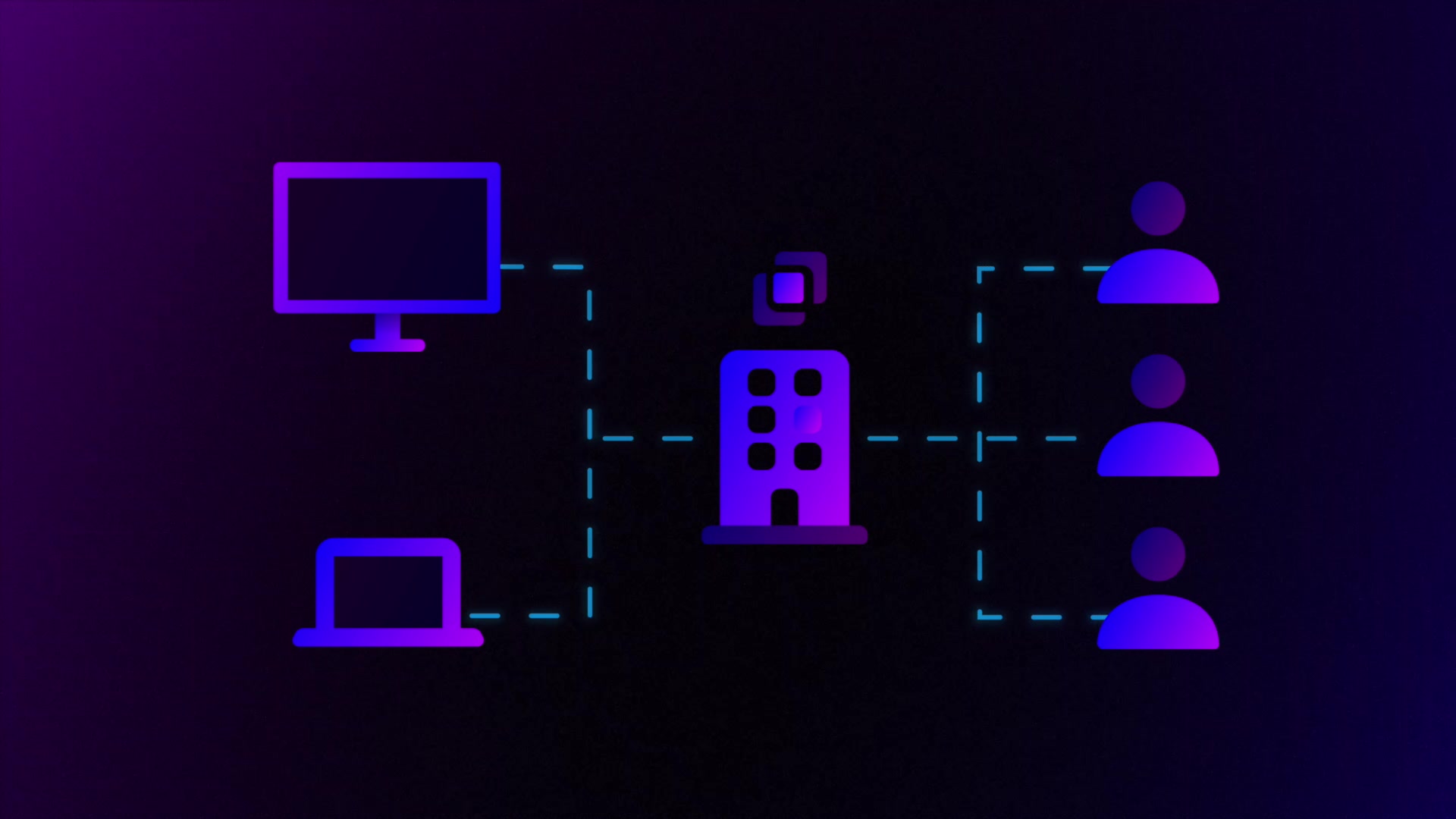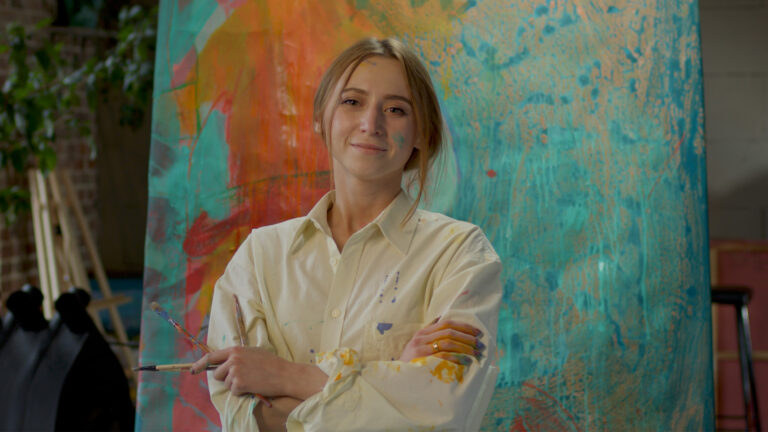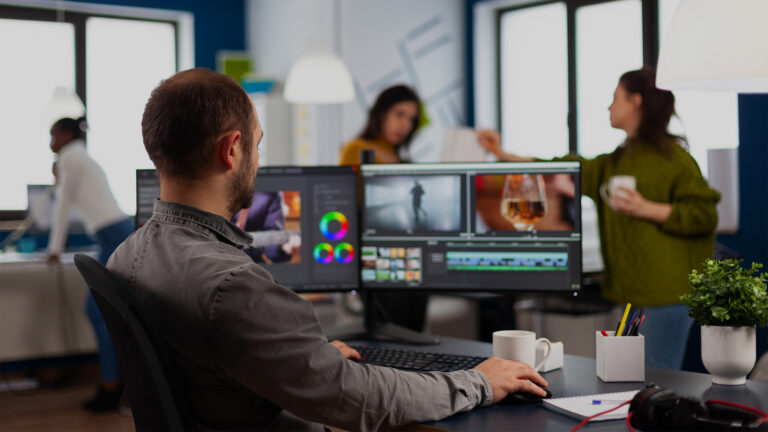In Episode 7 of our Workflow From Home series, we were lucky to be able to talk to visual effects supervisor Scott Squires. A VFX guru for the past generation, he’s also a keen observer of the industry, a staunch supporter of rights for VFX workers, and a successful user of remote VFX workflows.
While some of you may not know his name, you’ll definitely recognize his body of work. From iconic visual effects game changers like Close Encounters of the Third Kind (for which he developed the cloud tank effects) to Who Framed Roger Rabbit to the Star Trek feature films. He’s also earned three Academy Award nominations for Star Wars Episode 1 – The Phantom Menace, Dragonheart, and The Mask in his nearly 20 years at Industrial Light & Magic.
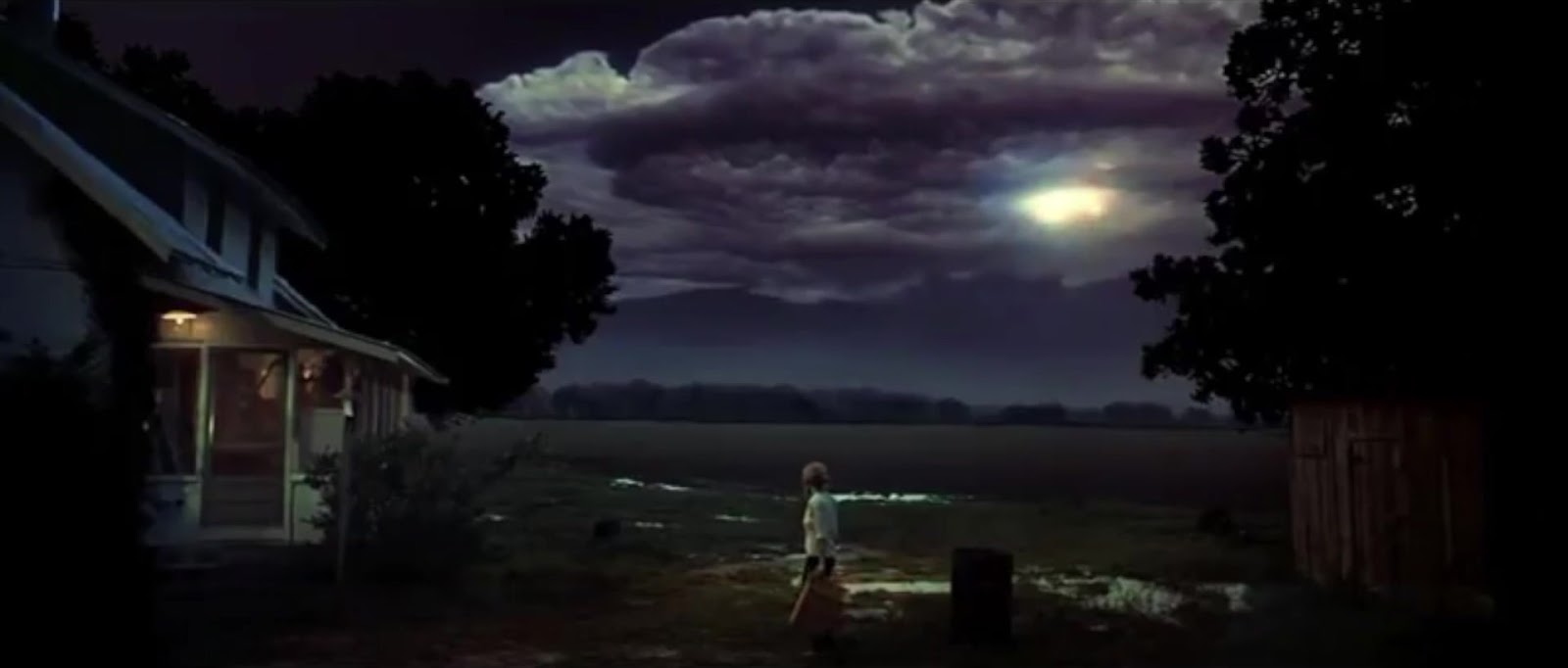
More recently, Scott founded Pixvana Studios, where he applied his knowledge and skills to development in the VR/AR world.
What makes VFX different
No stranger to remote VFX workflows, Scott has considerable wisdom and insights to share. But first it’s helpful to have a little background about what makes the VFX industry different from the rest of the post-production world.
VFX has historically been more vulnerable and unstable than other industry segments. Many of you may remember that in 2013, Rhythm & Hues went bankrupt after winning the Oscar for Best Visual Effects for Life of Pi, and even as they were accepting the award, hundreds of artists were being laid off.
More recently, the layoffs at MPC following The Lion King drove home how delicate the balance is between success and failure for VFX companies.
A combination of being both dependent on—and downstream from—production can often result in costly delays if artists are occupying seats without shots to work on. And if those delays result in substantial overtime later on to ensure delivery, the impact is compounded.
VFX houses also typically work on a fixed-price basis, meaning that if shots become more complex, or the scope of the work shifts, they’re not always able to go back to the production for cost overages.
Add to that the fact that many VFX studios are already working at a low profit margin as a result of competition for work, combined with fairly high overhead costs, and you get a fragile structure on which to base a business.
The typical VFX workflow
The typical VFX workflow on a large movie or show generally involves numerous brick and mortar facilities who each handle their own portion of the overall effects load which, on a project that’s the size of a superhero blockbuster, can exceed 2000 shots.
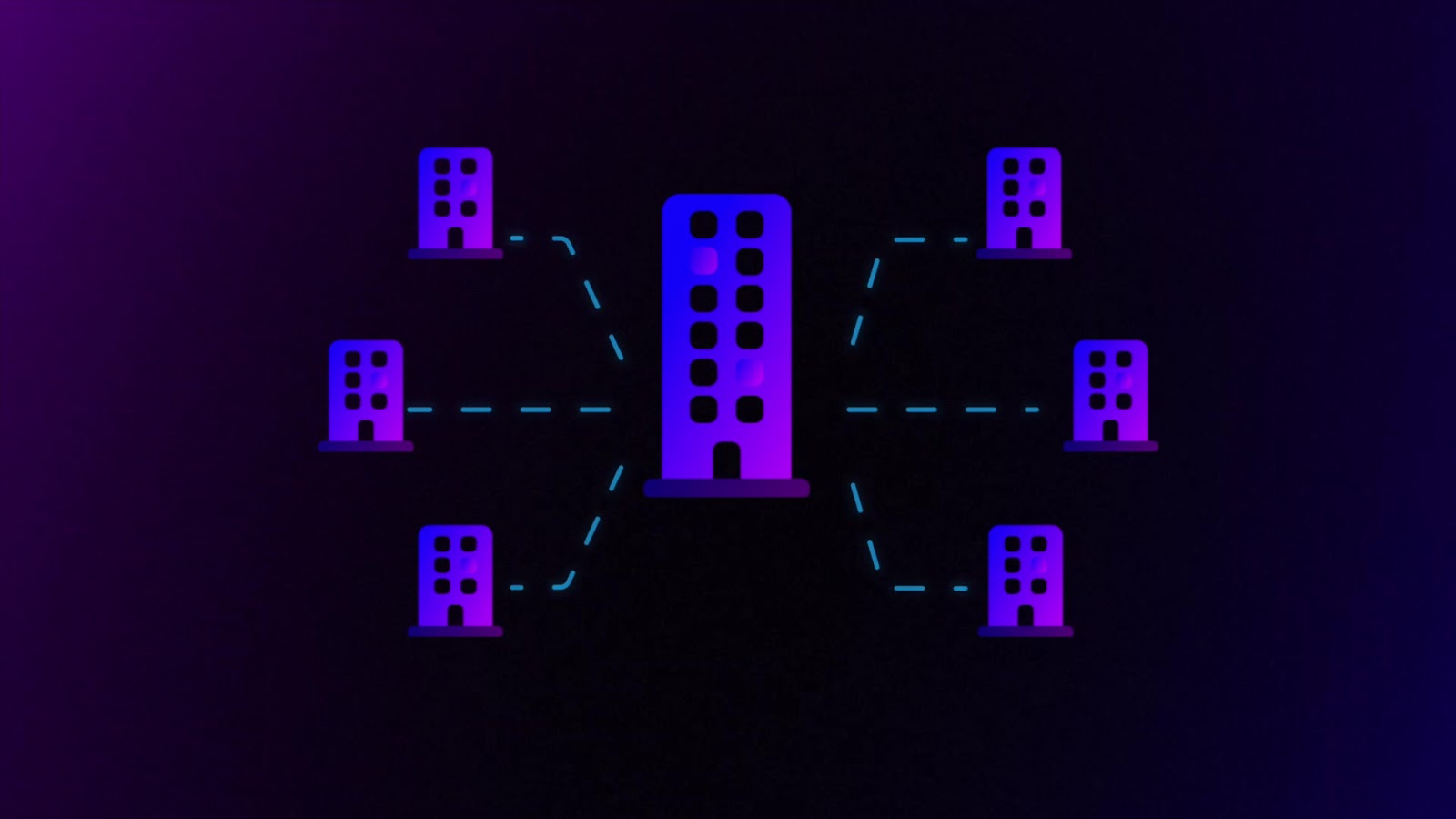
By way of dividing and delivering, one VFX house might specialize in character creation. Another might specialize in particle effects or crowd creation. Another might specialize in creating digital environments or backgrounds. Or the work may be divided by different sequences.
Each vendor interacts with the director and the post-production producer or supervisor. Some vendors may interact or share assets with each other. But the VFX artists themselves have traditionally worked onsite at the VFX studio, primarily to ensure the security of the highly valuable assets.
Getting sneak peeks of images and spoilers before tentpole movies release is practically an industry unto itself. A pre-release leak can cost studios millions of dollars in lost revenue.
Challenges of a remote VFX workflow
So what happens when a VFX studio is forced to shift to working from home? There are several obvious challenges.
One of the more common aspects of a VFX workflow is in-person group reviews. Because they’re reviewing shots and sequences, which numerous individuals may all be touching, it’s most efficient for them to be able to run dailies and give feedback to everyone at once.
Especially for groups doing character animation, supervisors and directors like to be able to demonstrate performances to show the animators how they want a character to behave.
It’s also common for VFX supes to do “desk rounds,” where they go through the various departments to view the artists’ work in progress, answer questions, and give feedback. In both scenarios, it’s typical for a coordinator or producer to make notes, which are then distributed to the team.
Then there are the technical challenges. How (and where) do you store and access assets? How do you configure a remote artist’s workstation for successful remote work? And how do you provide clear and understandable feedback?
Implementing remote workflows
Obviously, in the case of the current pandemic, some compromises needed to be made.
But according to Scott, there are a couple of ways to immediately implement a remote VFX workflow today.
One is to have the VFX studio upload assets to an off-premises destination, where artists can easily download what they need to their home computer and upload their final shots or elements. This can work well for small teams.
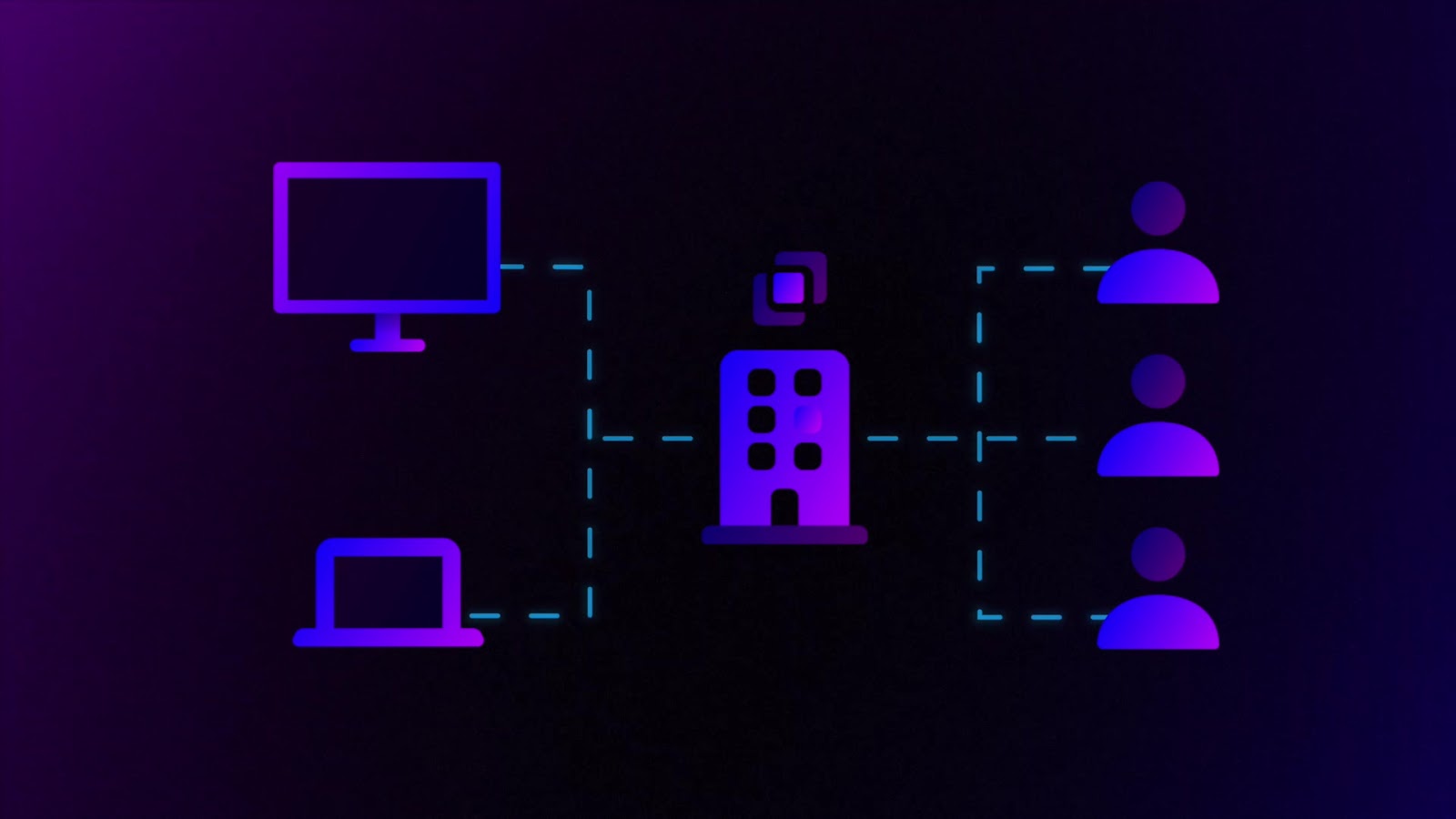
Larger studios may have their teams access a VPN to connect remotely to their on-premises workstations and use a remote desktop solution like Teradici.
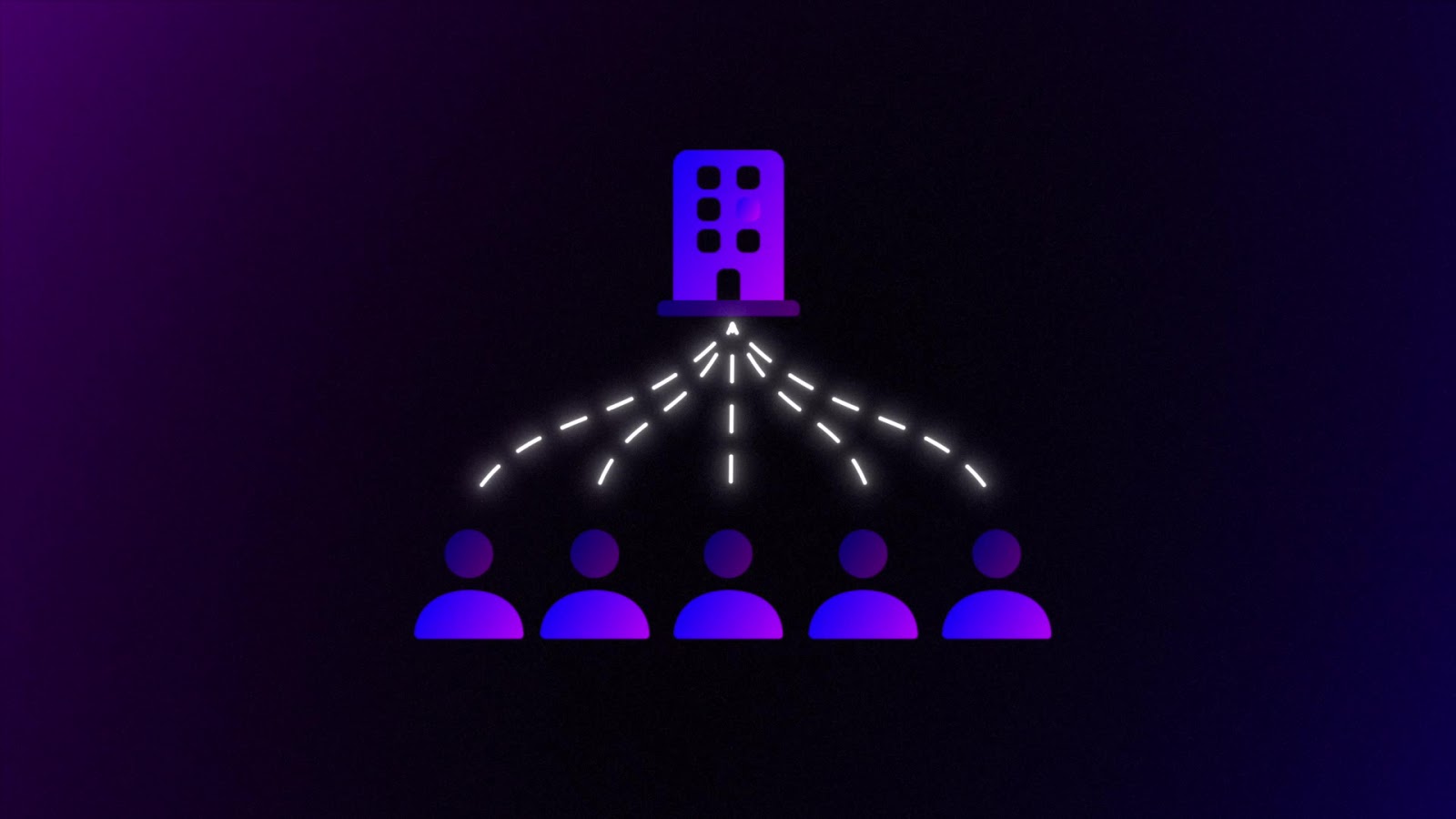
It’s both more secure and more efficient because no one is uploading or downloading actual assets to a home workstation, and companies can use their own render farms and storage.
And then there’s the cloud-based workflow. Creative shops like Untold Studios in London are leveraging the cloud to not just host and render all of their assets, but to collaborate with artists and creative partners worldwide.
In a recent project we covered, Untold demonstrated how they used Frame.io as a key component to create the John Lewis & Partners Christmas ad. This included a full CG animated character as the star and hundreds of visual effects shots.
Artists worldwide and half a dozen creative partners were able to easily share feedback and stay in sync, while also leveraging cloud rendering to stay flexible and efficient.
The Untold Studios model proves that it’s not only possible, but can be an even more creative way for VFX companies to work.
And teams who build this kind of cloud-based infrastructure will be more able to quickly adapt to not just events like our current quarantine situation, but to new ways of working in the future.
Advantages of a remote VFX workflow
There are also potential advantages to shifting to more of a remote workflow for both the VFX studios and the artists.
VFX houses that adapt to a more remote-centric workflow might be able to either reduce the size of their physical facility, or base it in a less expensive part of the country outside of the major markets.
It could also mean that they might not have to pay the kinds of premium wages that onsite artists are paid in the primary markets like LA, London, or Vancouver.
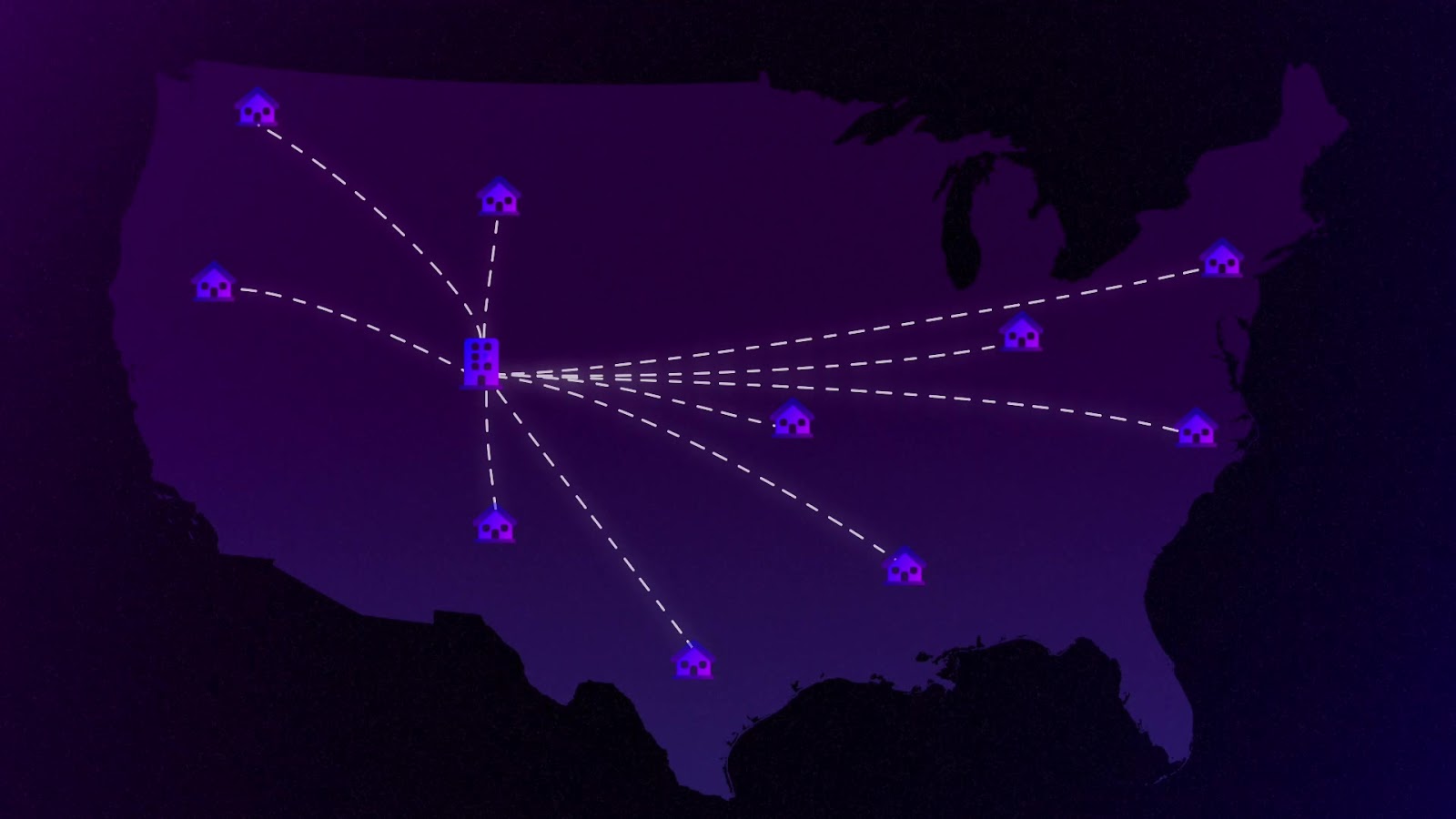
For artists, working from home could bring significant advantages.
First, because the VFX studios are generally located in large production hubs, it means that VFX artists have needed to live in places that are costly. Also, many VFX artists aren’t necessarily on staff but rather are project based, which means they may have to travel to where the projects are, becoming digital nomads.
Beyond that, if they live in a place like LA, they probably have to commute to work—and VFX jobs are notorious for long work days. An artist can easily expect to work 10-12 hours a day, and when you tack on two hours of commuting (round trip), it’s a long time to spend working day after day.
In other words, adopting a remote, robust cloud-based workflow could yield both a more sustainable business model for the VFX studios and a better work-life balance for artists. Win-win.
In the short term, the best solution is the one that works for your project. But for those who have already implemented, or can easily implement, a cloud-based workflow, the advantages may well be worth the exploration.

